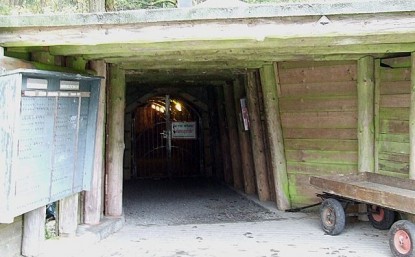
Tin prices started falling in 2014 and are now close to a 5 year low. Although prices have seen some recovery from the lowest point reached in April, the LME cash price at the beginning of May was just over USD 16,000 per tonne, down 30% y-o-y and nearly 20% down since the start of the year. So what has caused the fall and what is happening now?
In May 2014, the tin price had been relatively stable between USD 21,000 and USD 24,000 per tonne for about 8 months. The regulations that the largest tin exporter Indonesia had in place were constraining exports and maintaining the price despite falling demand. But then falls in the economic growth outlook in China, the country that accounts for 50% of global tin imports; combined with a change in the way China bought its tin, a fall in crude oil prices and a strong US dollar created a downward trend in prices.
As Indonesia placed restrictions on tin ingot exports to encourage more processing in the country, the tin producers in the country saw a loop hole and exported more non-ingot tin in the form of solder and alloys. Consequently, the export of tin in Indonesia didn’t fall as expected. In addition, Chinese investment in mining in Myanmar started to pay dividends and imports from Myanmar grew steadily, reducing the Chinese reliance on refined imports. This all happened around the same time as the Chinese economy was slowing, reducing demand overall. In July last year, the Indonesian government announced further restrictions to the export of non-ingot tin to start in November 2014 to try and encourage a drop in production.
In September, with the price of tin still falling, Indonesian tin producers stopped all trade in an attempt to slow the decline. This may have also been in part due to certification inspections of tin exports by police. Over 90 containers of tin were detained early in the month, with over 80 being released quickly and 9 being held back suspected of illegal tin exporting. This was a clear signal to the tin producers that the new regulations were being enforced in a stricter manner than previously.
Even so, the price of tin carried on falling. The continuing drop in the price of crude oil was making production costs cheaper and the strengthening of the dollar was making imports more expensive, reducing demand further. Rustam Effendi, the governor of the Bangka Belitung province – the region with the largest tin production, called a reduction in production but received little response with the largest producer stating that they would continue fulfilling contracts.
In January it was reported that China had imported a record 28,875 tonnes of tin ore, mostly from Myanmar, during November. This took total imports in January to November to 153,229 tonnes, up 88% y-o-y. The influx of tin ore from Myanmar resulted in the Chinese refiners producing more domestically refined tin. This led to the imports of refined tin to fall to 7,771 tonnes, down 41% y-o-y. Approximately 30% of refined tin imports into China come from Indonesia.

Rustam Effendi renewed his attempts to reduce production in February, and the producers, worried about the continuing fall in prices, began to take notice and agreed that there should be some efforts to reduce tin exports; however the negotiation and discussion took several months to complete. It wasn’t until the end of March that an agreement was reached to restrict tin exports to 4,500 tonnes per month starting in April 2015. The move was met with scepticism, however as previous effort to reduce trade had not lasted long.
However, after falling to a low of USD 14,765 per tonne on 17th April, Indonesian tin producers announced that they would reduce production whilst the price was below USD 17,000 per tonne. It is estimated that average operating costs of the main Indonesian producers PT Timah are USD 16,000 per tonne, and although cost saving practices are now being put into place to reduce this, only half of the 12 furnaces are now in operation.
The weakening of the dollar in the last half of April plus the cuts in production and exports sales has seen the market rally slightly, and at the start of May the LME cash price stood at USD 16,200 per tonne, a rise of 6% in 2 weeks.



 Follow us on Twitter
Follow us on Twitter Become our facebook fan
Become our facebook fan










Comments are closed.